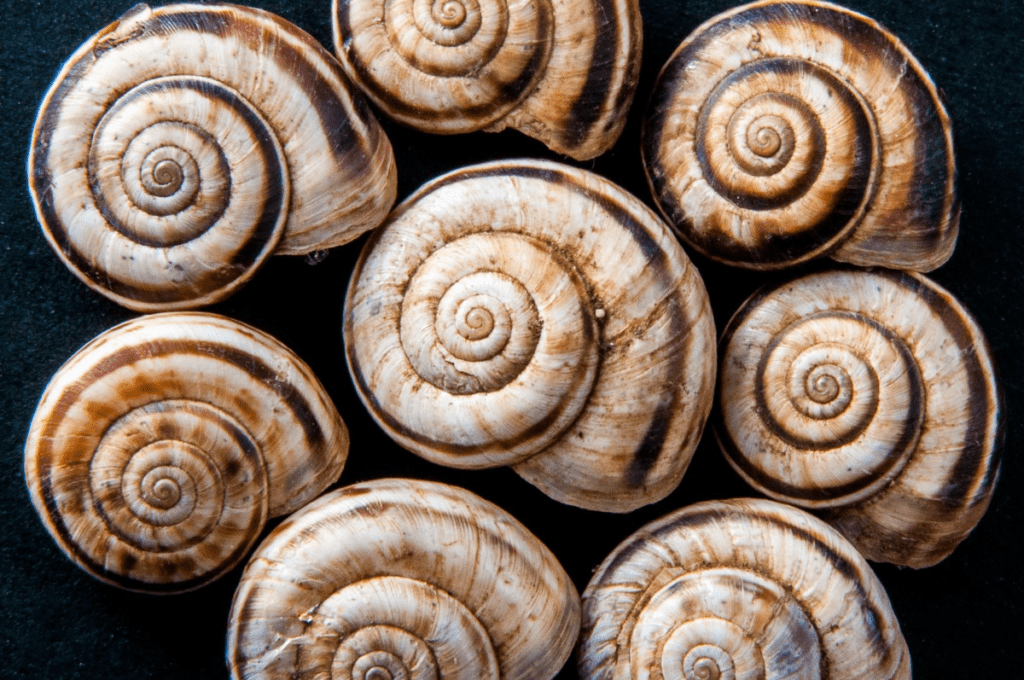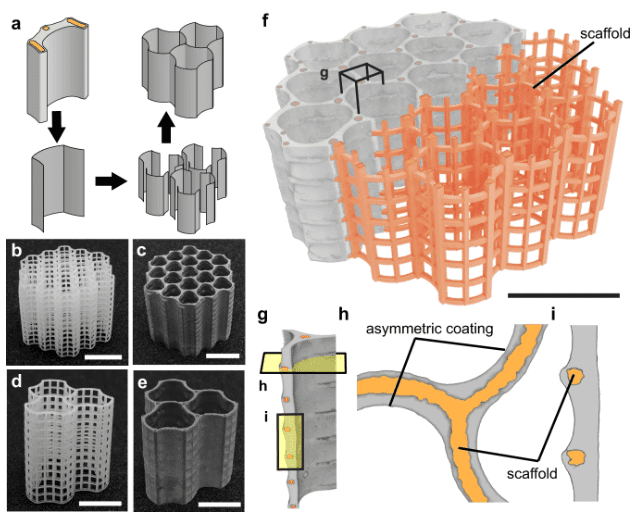Taking inspiration from nature, a team of researchers has analyzed several motifs from animal exoskeletons, finding structures that could help us create more sturdy and sustainable building materials.

For as long as mankind has been around, we’ve looked at nature to draw inspiration. Even now, as we’ve built a host of different materials with remarkable properties, there’s still a great deal we can learn from nature. In a new study, Professor Wenhui Duan from the Department of Civil Engineering at Monash University has shown a new design motif inspired by biological structures that can add more strength to materials such as composites and cement — and may also reduce emissions.
Material motifs
Until now, eight major motifs drawn from nature had been used in material design.
“Motifs extracted from nature can lead to significant advances in materials design and have been used to tackle the apparent exclusivity between strength and damage tolerance of brittle materials,” the researchers write in the new study.
The new material was identified in elements of various species, including the exoskeletons of arthropods, but also the legs of some mammals, amphibians, and reptiles. This type of exoskeleton structure (found in over 80% of known animal species such as fleas, scorpions, centipedes, etc) is an unexplored way of combining high strength and damage tolerance, the researchers explain.
A typical arthropod leg consists of multiple segments that are essentially thin shells connected by rotation joints. When the segments are compressed (for instance, when the arthropod leaps), the segments rotate around the joints, which not only enables the arthropod to jump but also maximizes load-bearing capacity without risking damage. Essentially, this is a motif in which there is an asymmetrical rotational degree of freedom used to control the damage in the other parts of the structure — and the asymmetrical rotation exhibits superior load-bearing capacity and greater energy absorption than with typical designs used in material science. This type of design would be excellent in structures that need to withstand high pressures (for instance, in buildings or other types of engineered structures).

This type of structure could be used to improve the performance of construction materials or to reduce the amount of cement that is required for a particular structure. This is important because it could cause a significant reduction in greenhouse gas emissions (the cement industry alone produces 8% of our CO2 emissions) and it could also reduce building costs — an unexpected boon for the millions of people building a dream home.
To put it to the test, the researchers built a polymeric scaffold and a cementitious hard shell. The U-shape scaffold was coated with Portland cement paste, the most widely used type of concrete, and assembled in a honeycomb-type structure. The mechanical tests showed that the structure could easily withstand a load up to 10,000-fold of its own weight — and it’s easy to design and construct as well, the researchers note.

Ultimately, the study goes to show that there’s much we’ve still yet to learn from nature. Such designs that emerged through natural selection hundreds of millions of years ago can yield valuable lessons and can have important real-life consequences, the researchers conclude.
“We demonstrated the application of this design motif in producing a high strength, damage tolerant lightweight cement material. In addition, this design motif can also be applied to various materials such as ceramic, glass, polymeric and metallic materials for advanced materials design, energy storage/conversion and architectural structures, in collaboration with the teams from University of Queensland and University of Manchester,” says Professor Duan.
The study was published in Nature Communications.
Was this helpful?



